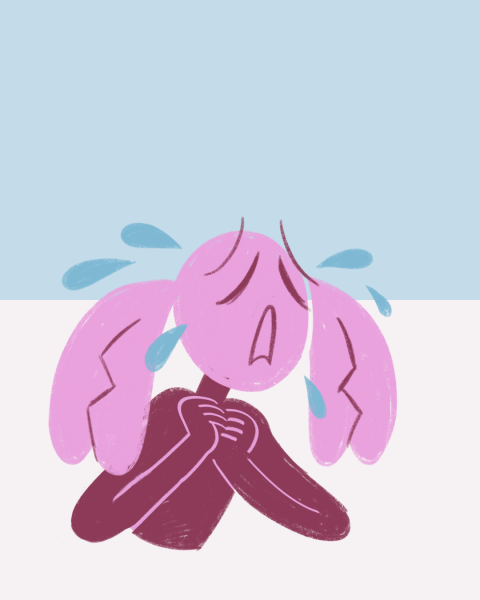Bee expert teaches ways to preserve them
For three days, the leading expert in North America for identifying bees came to Oakland University and presented a workshop to students and professionals interested in identifying this challenging bee.
The genus are called Lasioglossum genus, or sweat bees, which are incredibly diverse and hard to identify according to Doctor Jason Gibbs who is responsible for writing a detailed and lengthy guide on how to identify these bees. He is an assistant professor at the University of Manitoba in Winnipeg, Canada.
Many researchers came from around the state to hear Gibbs speak about the sweat bees. There are currently 465 known bee species in Michigan, and 83 of them are from this difficult genus.
Doctor Mary Jamieson from OU and Doctor Rufus Isaacs from Michigan State University partnered to organize this event and invite Gibbs.
“We are working on researching pollinators and to better understand which pollinators are being threatened,” Jamieson said. “It is difficult to identify them without expert help.”
Jamieson and Isaacs focus on entomology in the biology field, which is the category of insect study that bees fall under. One of the best ways to identify bees, according to Jamieson, is to look at the morphological traits under a microscope.
Oakland graduate student Caleb Wilson also attended the event. He is interested in studying the environmental trends in nature and how it affects their community. However, Wilson understands the importance of identifying bees to see the repercussions of environmental changes. The wings have veination which are the little lines on the wings which create another way to discern which genus of bee one is dealing with.
Wilson is currently studying bees in farms located in the metro Detroit area and urban areas.
“A way entomologists collect bee data is by setting out sugar water and brightly coloring it so it looks like flowers to them, and then entomologists can just swipe with a net to catch and identify them,” Wilson said.
There are ways that students from other majors and backgrounds can help bees continue to prosper and help the environment. One way is by planting many flowers. Flowers create pollen, which is what bees collect, and helps plant fertilization down the road.
“Dandelions and clovers are great for them because they grow first right in spring so bees will still be able to eat before other flowers are in bloom,” Wilson said.
Mowing the lawn less often also helps since that is where various bees tend to nest. Staying away from pesticides, such as buying organic fruits and vegetables, can be another good way to help the bees live longer.
This was the first workshop Jamieson has hosted focusing on bees. Students are the next researchers and Gibbs is the only entomologist in the North America with knowledge of the sweat bee so it was important to students much like Wilson.
“Most of the studying is based on the whole rigamoroll of setting up and studying bee data as most of what I’m doing now is data processing,” Wilson said.
This workshop was more focused on biology majors with a focus on entomology but other majors can help keep the data collection process going.
“Everyone can do something to help the bees,” Jamieson said.







